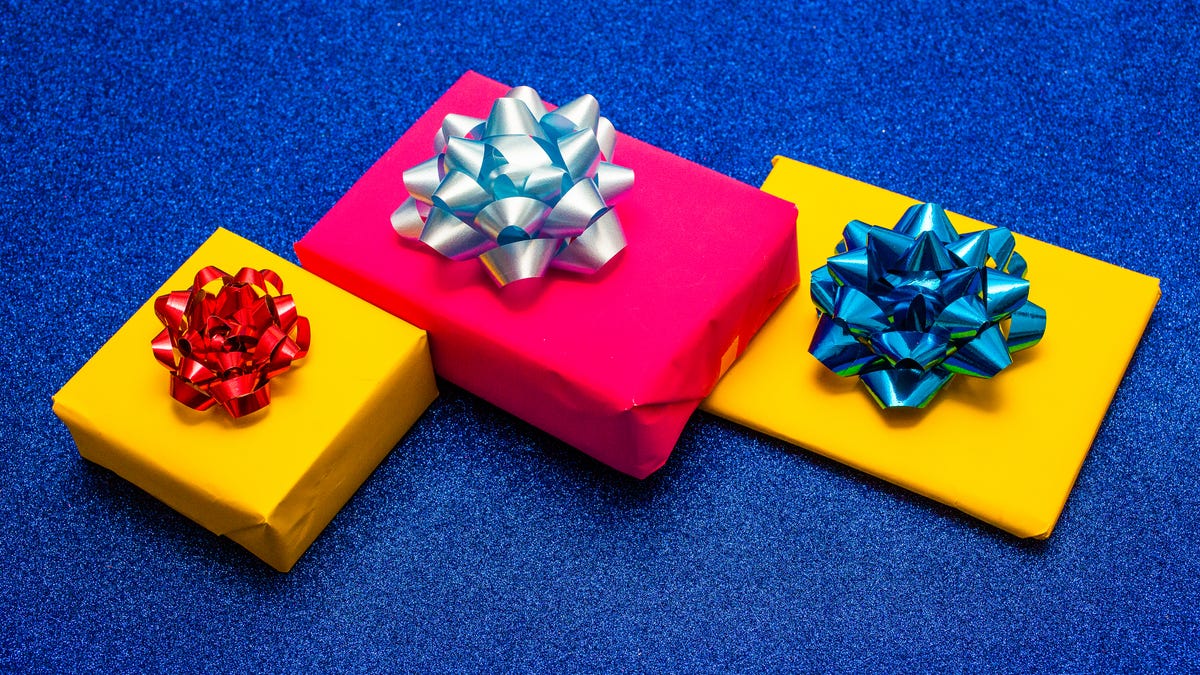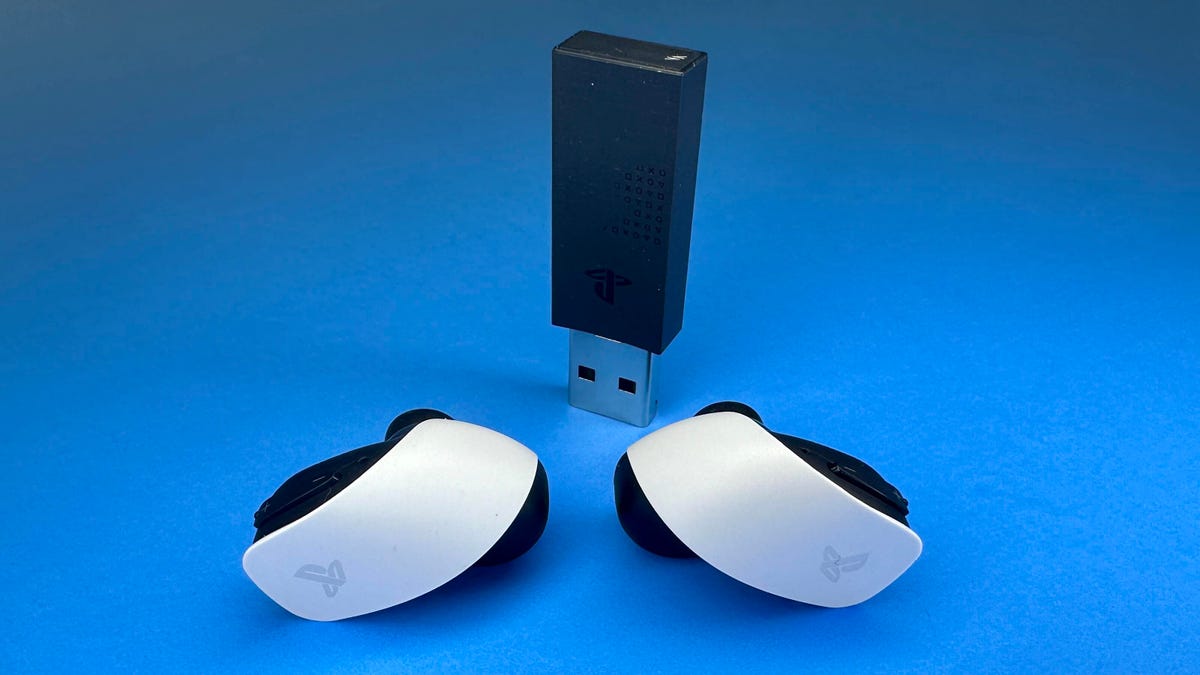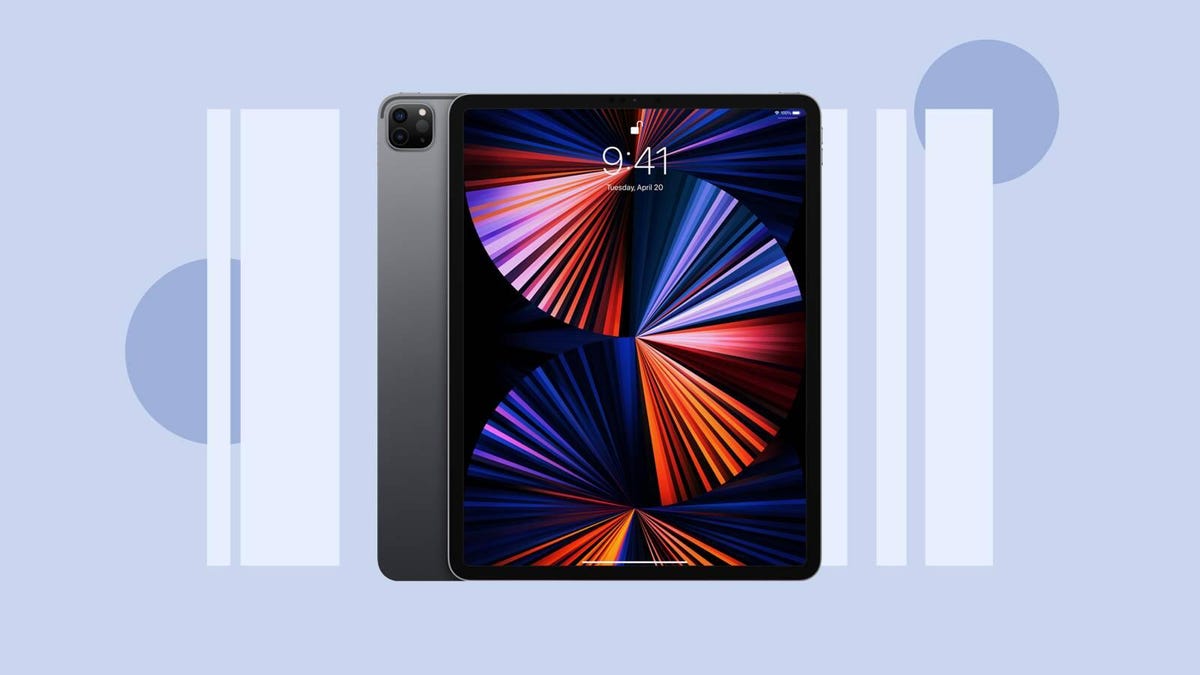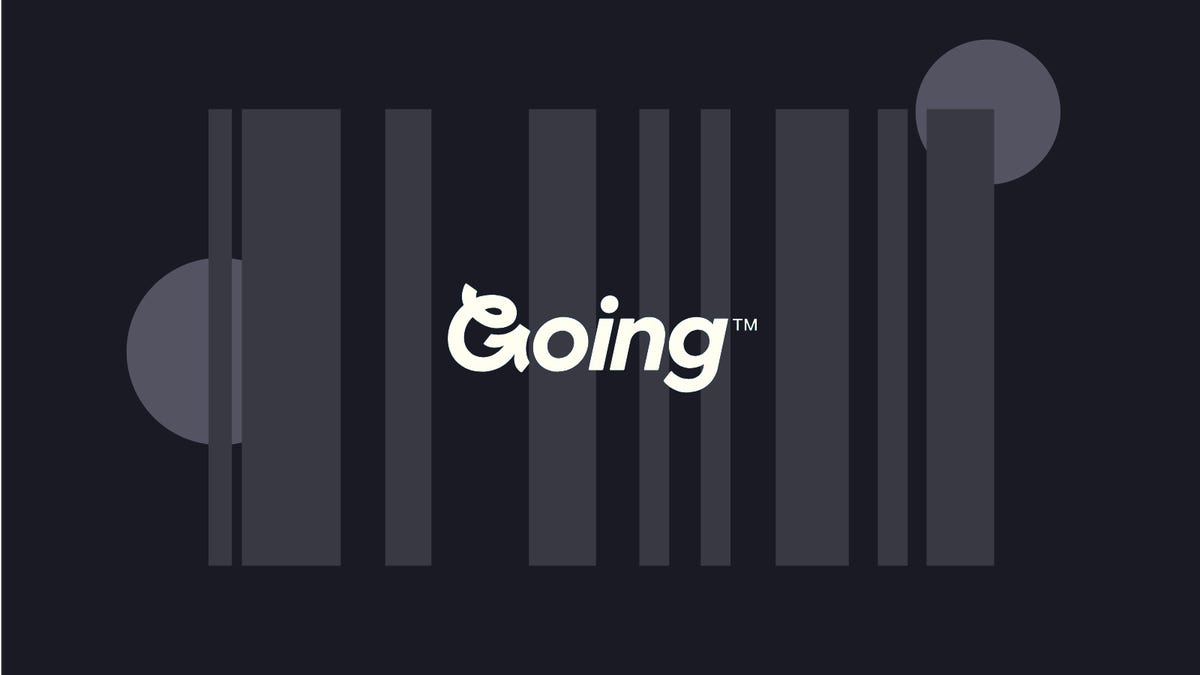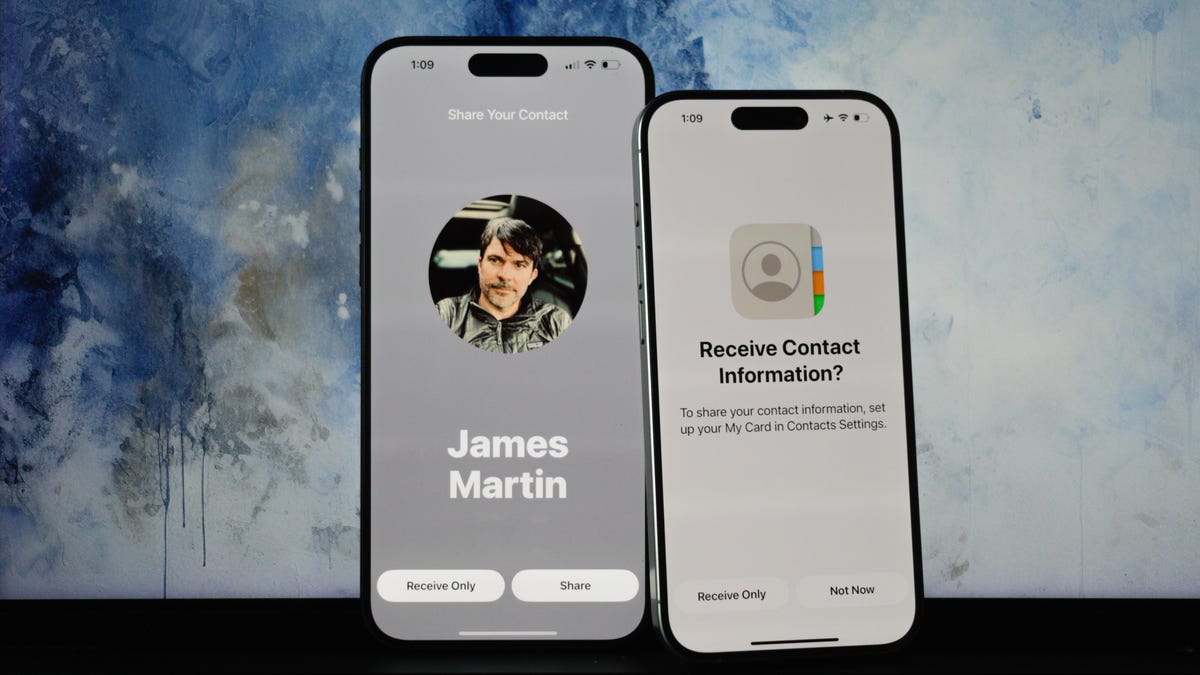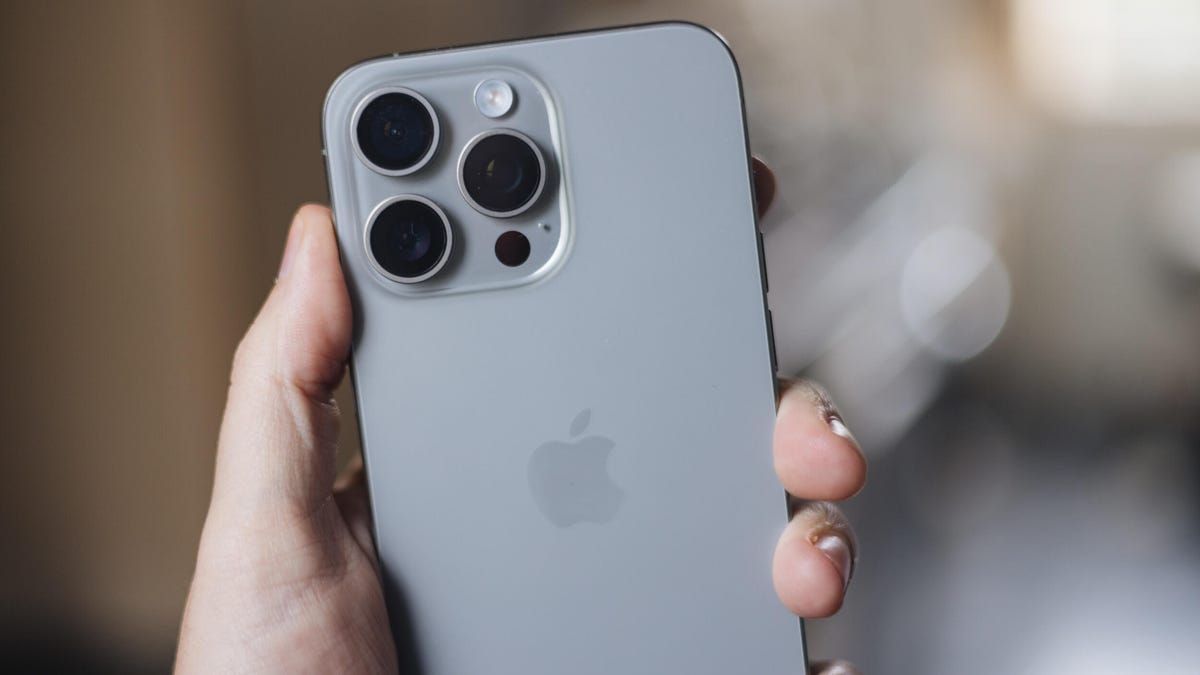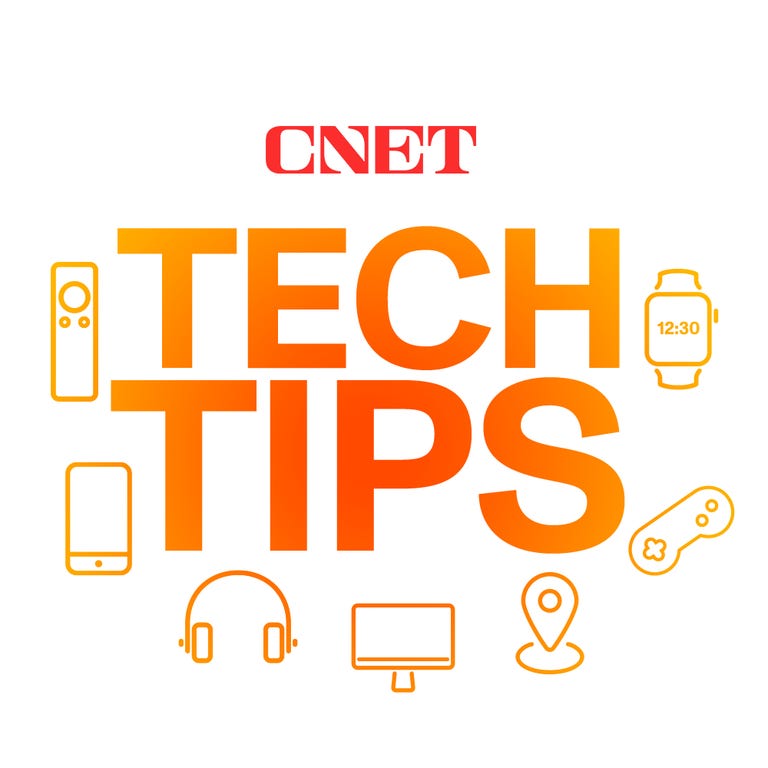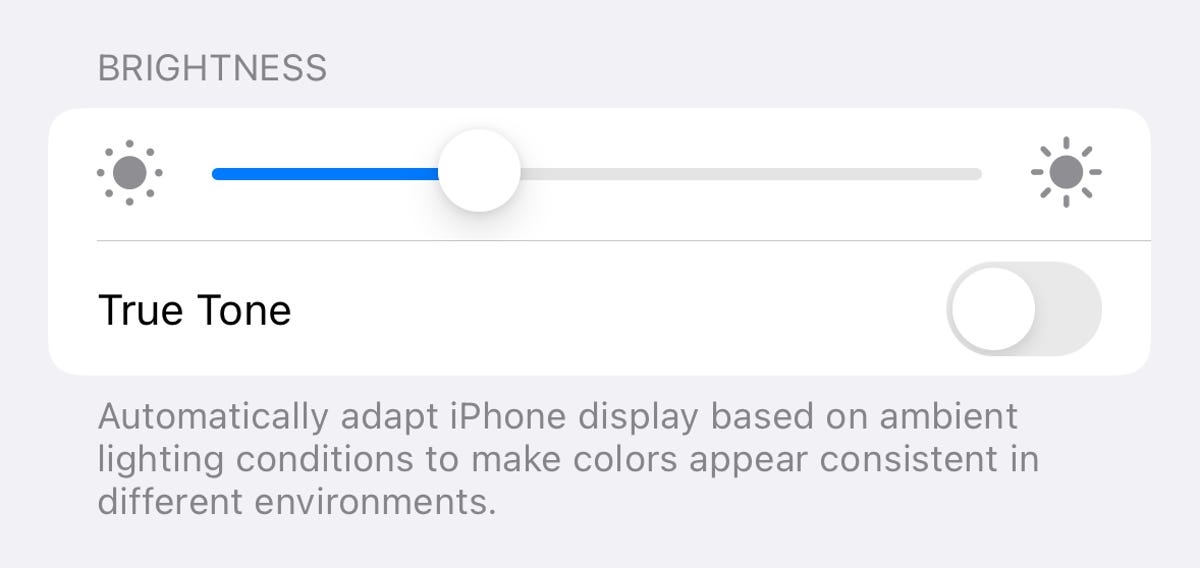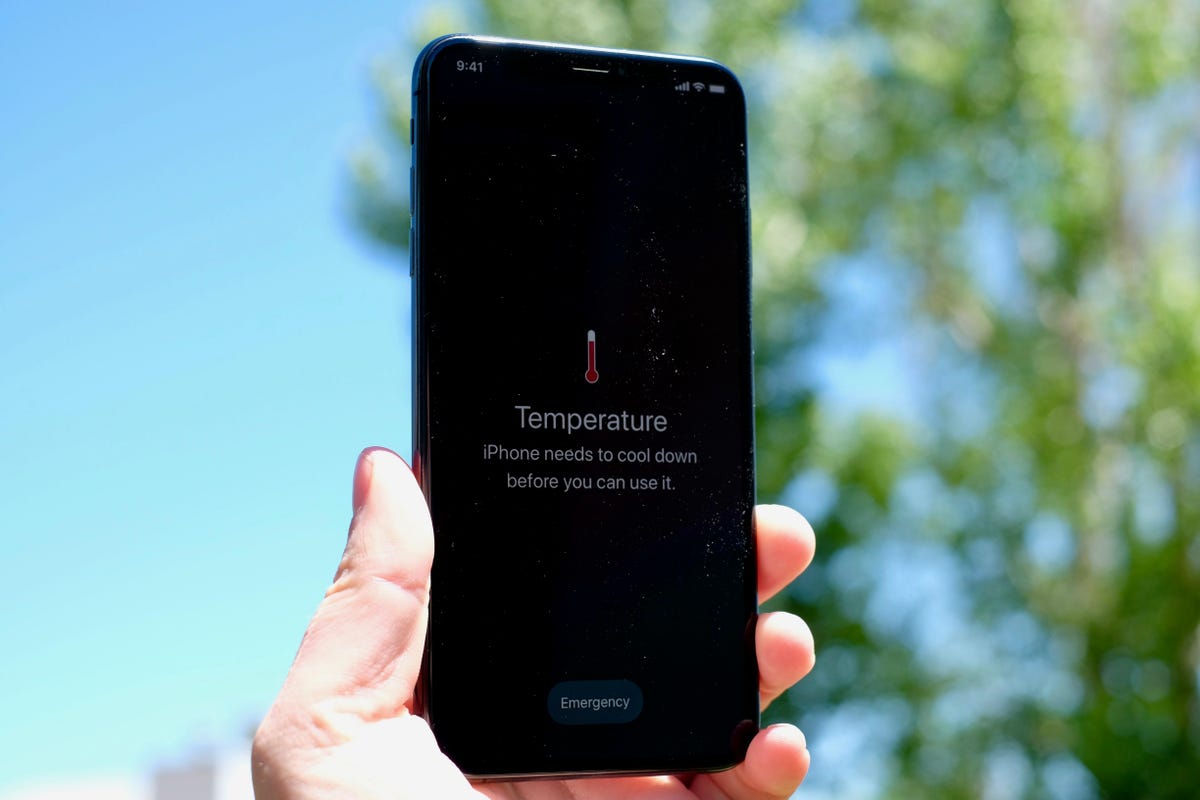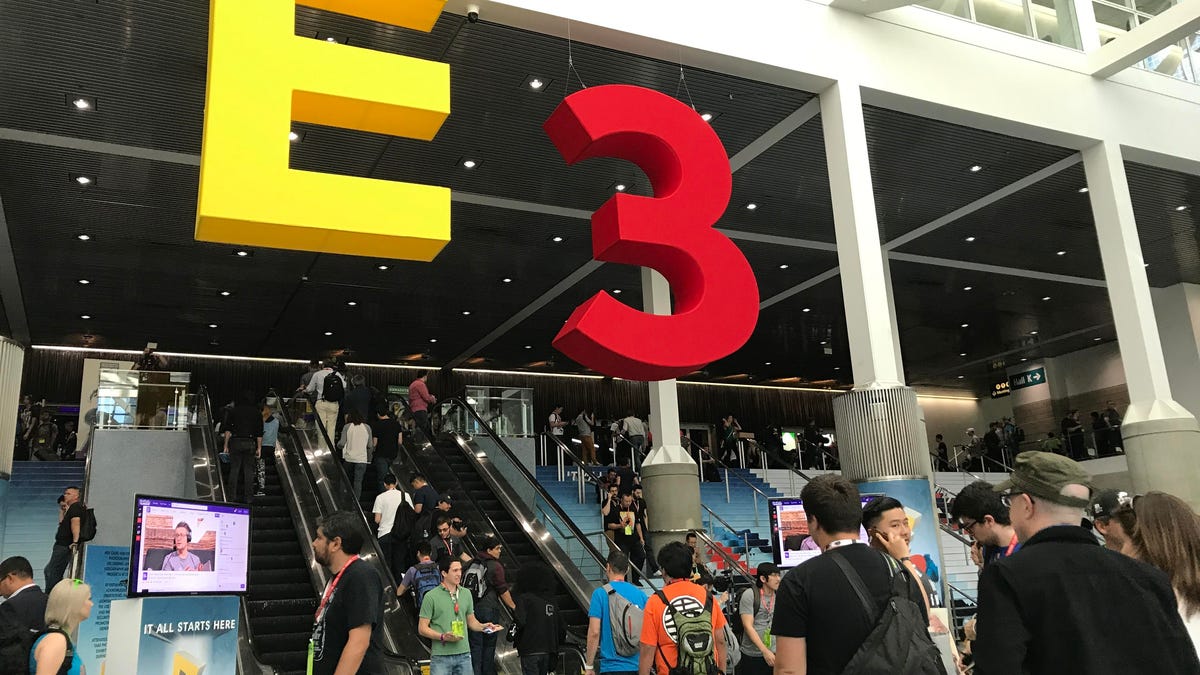The holidays are upon us, and so is the annual quandary of what to buy everyone. If, like me, you’re completely underprepared, then here’s the most 2023 way you can shop: with the help of artificial intelligence.
Though AI struggles with artistic endeavors like creating a story or Christmas carol (because it lacks human emotions and experiences), chatbots are adept at churning out lists. The secret lies in giving them a prompt with descriptors and hints.
This year we saw the explosion in popularity of generative AI chatbots, thanks to the late 2022 launch of OpenAI’s ChatGPT. In March, a huge upgrade came to the tech behind ChatGPT, a large language model called GPT-4, which has been trained on enormous data sets so it can generate answers with original content. It’s since been hailed as smart enough to pass the bar exam.
The field widened quickly with other contenders, including Microsoft’s Bing AI and Google’s Bard. The Bing search engine began incorporating info from OpenAI in search results, and Microsoft added a chat window where you can use AI to make shopping lists, summarize PDFs, generate LinkedIn posts and get advice.
You can use Bing AI chat without a Microsoft account in any browser, and in iOS and Android phone apps. It’s free to use.
Since one of this year’s updates involved AI tools for shopping — including auto-generated buying guides, product reviews and price matching — I decided to use Bing for my holiday 2023 shopping.
How to use Bing AI to generate personalized shopping lists
Getting set up
Microsoft has made it beyond simple to get things ready. I didn’t even have to switch from my preferred Chrome browser to Microsoft Edge. I simply went to the Bing site and clicked on the “chat” tab next to “search.” When I did the same on my phone, it directed me to download the Bing AI app on Android.
Make your prompt specific
When writing my prompt, I tried to be very specific. I gave as many details as I could think of about each person’s hobbies, interests and likes, down to how many children or grandchildren they had and their ages.
The first person I sought a gift suggestion for was my husband, and among the eight likes I listed, I mentioned “Marvel movies.” This turned out to be a mistake; almost every single one of the AI’s recommendations pointed to Marvel merchandise.
Refine the prompt
I removed the Marvel reference and added other details, like another hobby and the ages of our kids. I also experimented with the settings — there are toggles for “more creative,” “more precise” and “more balanced.” I found the best gift suggestions came from selecting the “more creative” option.
Downloading the Bing app and using that for the search also yielded more-detailed results, with slightly different suggestions.
The “be specific, then refine” formula works for all your gift recipients: Provide as many details as possible about their hobbies and likes; then use the answer the AI spits out to reword whatever the chatbot may be misunderstanding.
Putting it to the test
If you lift the curtain, you can pretty easily see how the magic trick happens. Clicking one of the links provided in the detailed responses to my queries led me to sites and pages the AI tool scraped, including “best gifts for stepdads” and “best gifts for your brother in law.”
But one important thing to note is that though it recognizes those familial titles, AI doesn’t understand relationships, like the role of a spouse. Its recommendations regarding my husband included a dinnerware set and a streaming service subscription, which might be odd gifts for someone you share a home (and streaming accounts) with.
That said, it does save time. I didn’t have to search for and read multiple yearly lists of gift suggestions. Bing AI scoured the web for them and generated a shortlist in seconds. Still, while the AI’s lists conform to your guidance, there’s value in human-curated holiday buying advice, like CNET’s own.
What went wrong?
Another limitation: Though some of the responses to my early prompts were good, they didn’t include the cost of an item or point me to where I could buy it. I refined again, asking for prices and Amazon links. The results were mixed.
It got prices in there just fine, but the AI significantly pared down the number of suggested gifts to make that happen.
And my request for links didn’t work at all — the AI continued to link only to the articles it scraped. (OpenAI said recently that it knows ChatGPT has been “getting lazier” since a November update.)
Even asking a follow-up question (“Can you give me links to where I can buy those suggestions?”) resulted only in links to a few different instances of just one gift suggestion, and when I clicked the links, most went to a different product entirely.
The verdict on AI for buying gifts
Using an AI chatbot to help with your holiday shopping will give you a decent list of gift suggestions as a starting point. But you’ll then have to search for them yourself on Amazon, Etsy or other stores to actually find, examine and buy them.
I will follow some of its gift suggestions, like PS5 games for my brothers; a board game based on someone’s favorite Disneyland ride; official merchandise for a friend who loves country music; a gas station gift card for my RV-loving stepdad; a cocktail subscription for a cousin who likes mixing drinks; and a personalized book from my toddlers to their dad.
It’s nothing groundbreaking, and these are things I might’ve thought of anyway, but AI takes the writer’s block out of the list-making process. The verdict on whether the gifts were actually good suggestions is out until Dec. 25, when we’ll start the annual game of “does their facial expression mean they loved or hated that gift?”
Editors’ note: CNET is using an AI engine to help create some stories. For more, see this post.
